Personal Website
of
Xiaoyu Nie
Physics undergraduate student at Xi'an Jiaotong University
Introduction

My research is mostly about experimental Quantum Optics and Spintronic, mostly Second-order Correlation Imaging (Ghost Imaging) and Raman Spectroscopy for my research under the supervision of Dr. Marlan Scully, IQSE, Physics and Astronomy Department, TAMU. At Xi'an Jiaotong University, I also studied on the Magnetic Resonator Valve Effect.
For more specific Information, please read my CV and other parts.
CV
Research & Publications
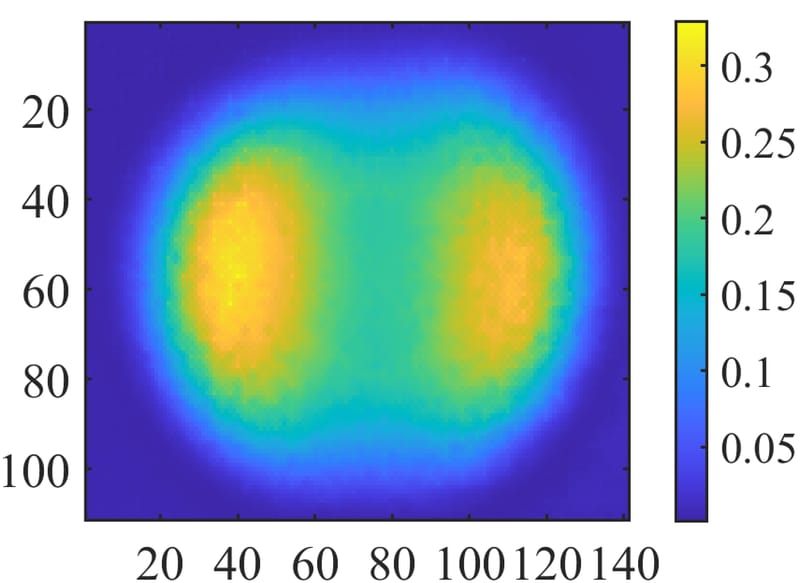
Superresolving Correlation Imaging
We present a novel method for generating blue noise pattern for speckle illumination. The spectral density of the customized blue noise speckle pattern increases with increasing spatial frequency. We then demonstrate a sub-Rayleigh diffraction imaging with illumination of our customized noise pattern, the resolution is much beyond the normal second order correlation. http://arxiv.org/abs/2102.06079 Submitted to Light: Science & Application. joint 1st author
Learn More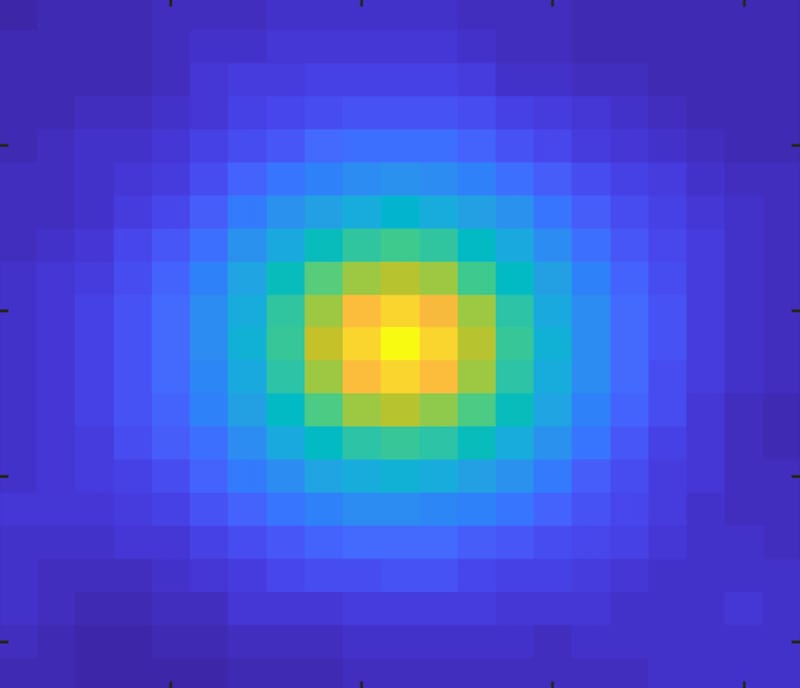
Anti-interference Imaging
A pink-noise speckle pattern illumination, compared to conventional white noise in the computational ghost imaging system, gives a high signal-to-noise ratio with the present of a variety number of noises. The idea is experimentally demonstrated with putting an iris introduced diffraction along the optical path, inserting a ground glass diffuser, adding strong environmental illumination noise, or combination of such. Submitted to Optics Express. https://arxiv.org/abs/2009.14390 Joint 1st author
Learn More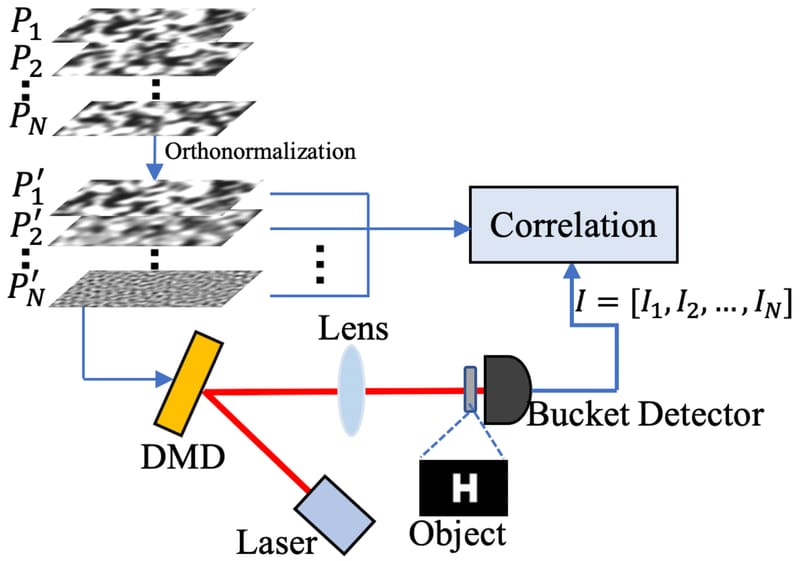
Sub-Nyquist Imaging
A method based on noise orthonormalization can significantly reduce the number of sampling and enhance the visibility with the increase of sampling at the same time. This method overcomes the pink noise pattern's drawbacks, keeps its advantages, and even owns blue noise’s ability to sharpen the edge of the image if we reverse the order of sampling patterns. Submitted to Optics Letters. https://arxiv.org/abs/2012.07250. 1st author
Learn More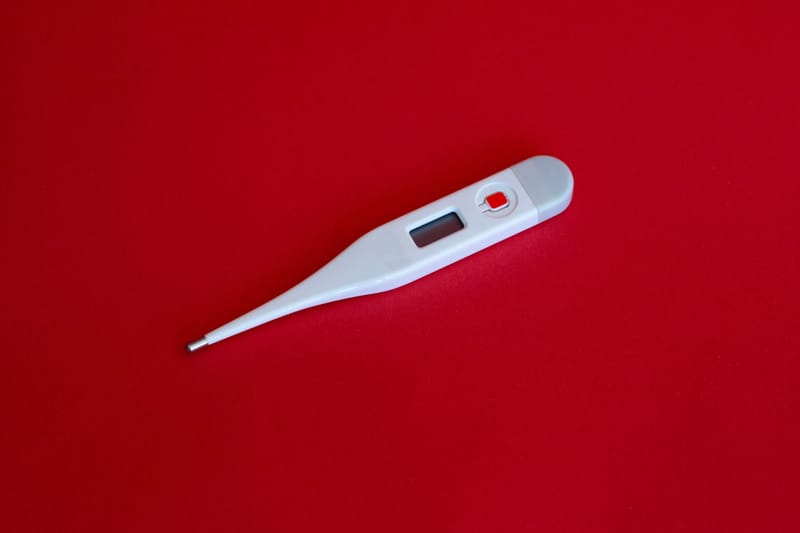
SARS-CoV-2 Antibodies Detection
A photon-counting approach accurately quantifies lateral flow assay and enhances sensitivity. We demonstrate that the density of SARS- CoV-2 antibodies can be quantified and measured with an enhanced sensitivity using this simple laser optical analysis. Published on Applied Physics Letters. Co-author
Learn More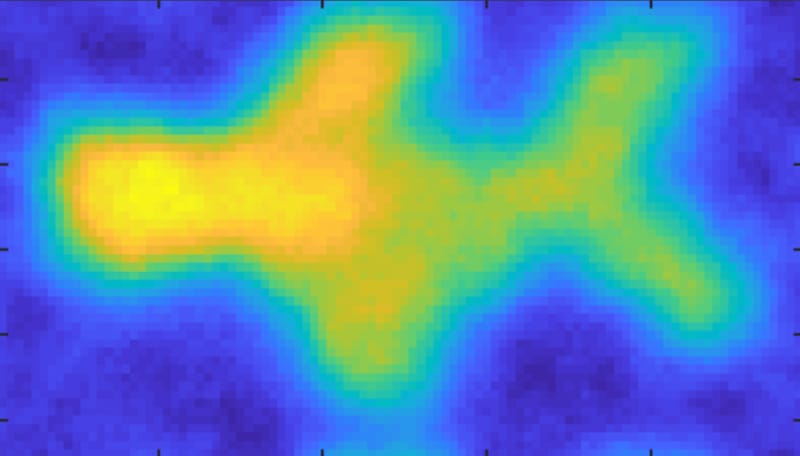
Remote Sensing
A method based on the pink noise pattern in the Computational Ghost Imaging has a strong ability to photograph moving objects. The idea is experimentally demonstrated by making a measurement on a moving flight. Submitted to Journal of the Chinese Optics Letters. https://arxiv.org/abs/2012.07284 1st author
Learn More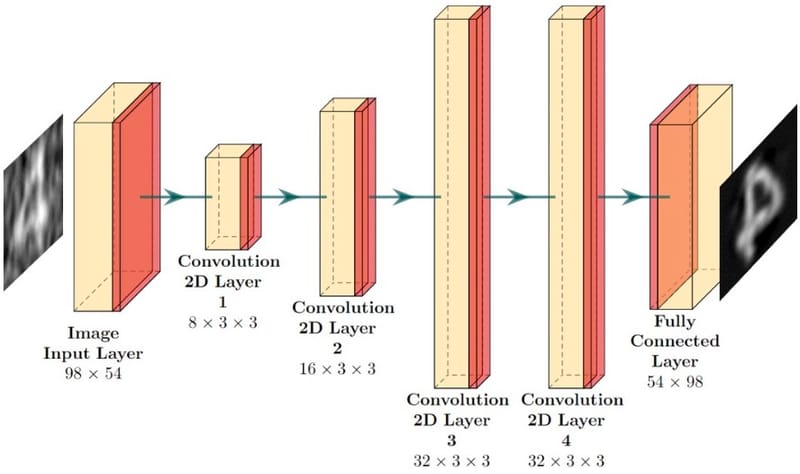
0.5% Nyquist Imaging via Deep Learning
We present a novel framework for Computational Ghost Imaging based on Deep Learning (CGIDL) and pink noise patterns, which substantially decreases the sampling ratio over 10 times smaller than previous CGIDL work. Here, the deep neural network, which can learn the sensing model and increase the quality image reconstruction, is trained only by simulation results. There is no necessity to conduct experiments to get training inputs (non-experimental) and add noise to customize with a real imaging system (noise- free). This one-time trained network can be applied to multiple environments and various situations. Under revision.
Learn More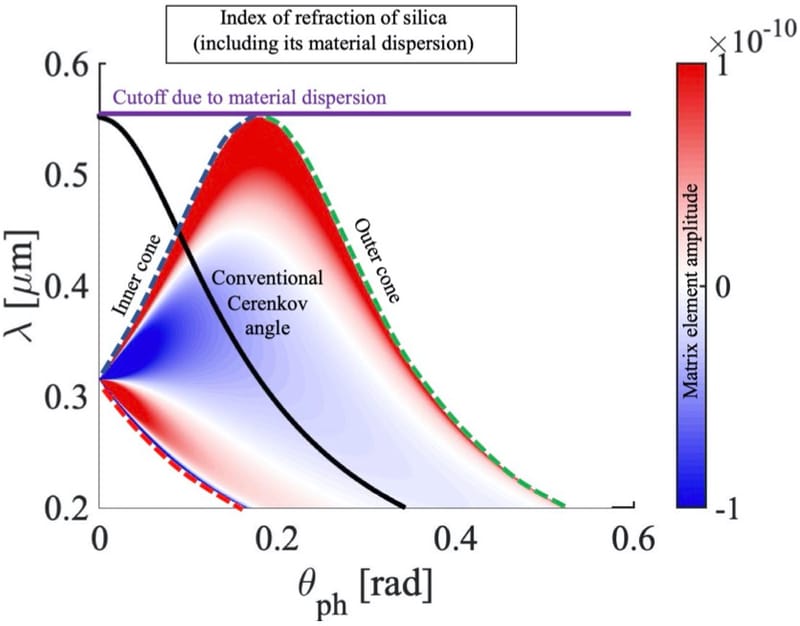
Quantum Čerenkov Radiation using Entangled Photons (theoretical work)
I calculated the total emission rate in Quantum Čerenkov Radiation (QCR) using entangled photon pairs via 2nd order perturbation. One way of calculation is based on Bell states while the other way of solving this problem is based on Werner states. These two ways are both presented in the manuscript. The work is instructed by the paper "Quantum Čerenkov Radiation: Spectral Cutoffs and the Role of Spin and Orbital Angular Momentum" in Phys. Rew. X. 6, 011006 (2016). Our work can replicate the results including material dispersion, but has different results if the index of refraction is constant. (Unfinished and welcome to talk with me)
Learn MoreFeatures
Contact
- Xianning West Road, Xi'an Jiaotong University, Xi'an, Shaanxi, CHN
- 710049



